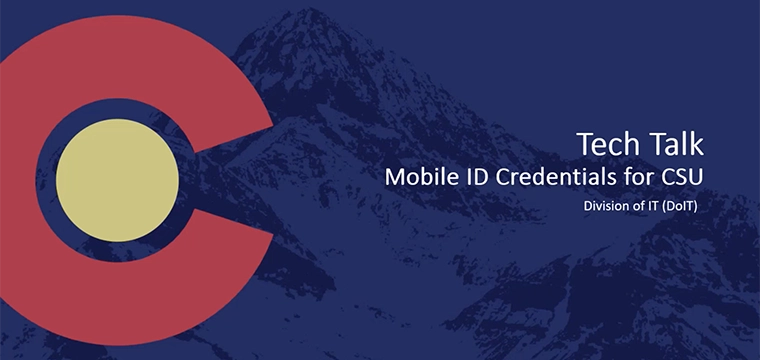
Another benefit of the hosted structure can be found when it’s time to update the system. Typically a burden for institutions with dedicated, in-house servers, with hosted solutions the latest system updates can be deployed to all users automatically.
“With a managed, hosted service, CardSmith is continually making investments in its infrastructure,” says Lent. “It’s a headache that our clients don’t have to deal with.”
Disaster recovery procedures are another headache that can be alleviated by outsourcing. “Most schools that self operate don’t have true disaster recovery measures in place primarily because it’s prohibitively expensive to have stand-by hardware and software ready to go at a different geographic location,” Lent explains.
While there are clear benefits, not all check marks flow to the SaaS side of the comparison chart. Most agree that a centralized, campus-hosted model has advantages that make it the preferred choice for many environments.
The consensus is that self-hosted systems offer the campus greater control and can make it easier to innovate.
Despite the benefits of server reduction, Winkelman cautions universities to first consider their specific needs before making the decision to host off site.
“Carefully weigh the cost of a externally hosting service to your realistic cost of system maintenance,” says Winkelman. “Many campus card systems are so easy to use that, in practice, you receive the ease of use touted by a hosted solution without paying a provider to host it for you.”
“With self-hosting there are fewer communication points of failure for applications like security alarm monitoring and remote door control,” says Blackboard’s Pawlak.
“Generally, universities that opt to keep servers in house do so because they desire to better leverage the data in their enterprise resource planning (ERP) system,” says NuVision’s Adoff. “This allows them to better customize and automate their business rules and operating procedures.”
With SaaS there is a tradeoff between simplicity and customization. It is an important consideration for institutions that maintain complex card programs and integrate tightly with other campus systems.
It’s a priority that Adoff has seen first hand.
Additionally, some universities may feel more comfortable hosting private or sensitive data–gender, GPA, class status–in a physical location it controls. With a hosted solution, that information leaves the confines of the campus; it’s a matter of preference on the part of the university.
“I spoke with a school administrator using an SaaS system who is completely happy with the overall product and service, yet is looking to switch to a non-SaaS system because of the problems that occur when a system has no data integration back to the school’s ERP,” says Adoff.
With SaaS, importing data is more difficult to automate that it is with a campus-integrated system, he says. “In order to get ready for a new semester a school must send in their meal plan changes and access rules ahead of time to the SaaS vendor,” says Adoff. “Then they must contact the vendor to run reports, reset passwords or create logins for their staff.”
“We’ve found that dollar savings from removing manual tasks through the data integration and the benefits from being able to easily incorporate card usage data for things like retention and student engagement outweigh the perceived savings from outsourcing the server management,” Adoff explains.
For many, the aversion to in-house servers is little more than a legacy fear. Advancements in server technology have streamlined the required number of servers, enabling universities to embrace virtual servers when appropriate or move their operation to the cloud in pursuit of the highest value for the dollar.
Multi-tenancy is ideal for Web applications but for highly customized and enterprise-level solutions, it can be limiting. There will always be a trade-off–passing the controls to a third-party vendor comes at the expense of customization, but the maintenance cost and drain on human resources can be reduced.
The SaaS architecture can offer real advantages over its in-house counterpart, but it may not make sense for every campus as managing servers is anything but an impossible feat. A university should consider SaaS if the business drivers make sense, but doing so simply to avoid the deployment and management of a couple of servers just doesn’t add up.




